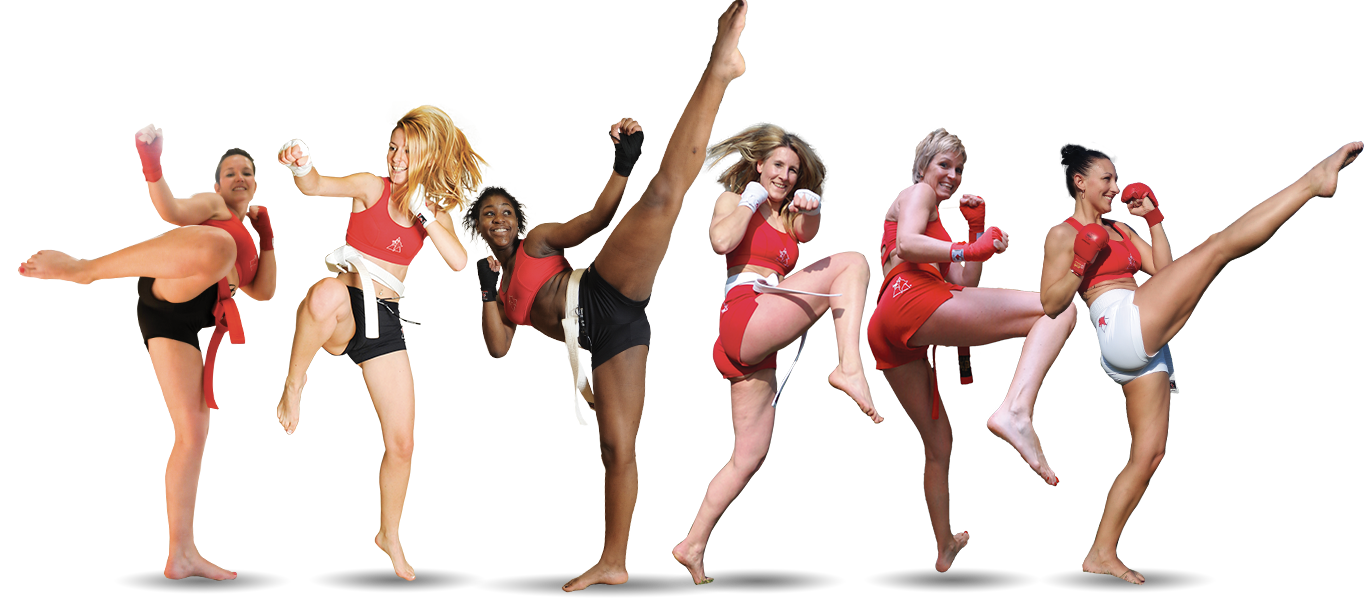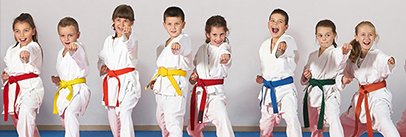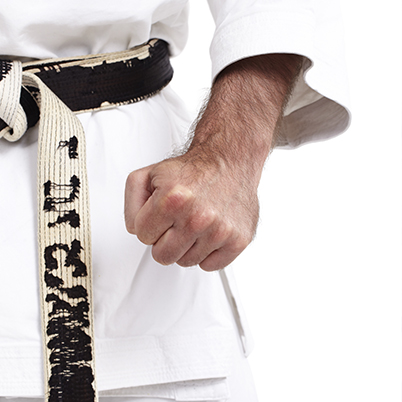There are many methods of fitness adapted to the combat sports and, in particular, to Karate. In Belgium, the Turbo Kick Power is on the rise. Its founder, Jeannot Mulolo, 4th Dan JKA, won international medals in WKF and JKA. He introduces us to the TKP.
By Ludovic Mauchien / Photos : DR
Trained at the traditional JKA school, 52-year-old Jeannot Mulolo was an international in Karate during the 1990's. Vice-world champion in Philadelphia in 1994 (1) and then with the Belgium team in 2000, he also participated to the WKF World championships in Rio in 1998, when he finished 3rd in the Paris Open (+78 kg). At this time, he used to travel regularly to the US. The Turbo Kick Power was in the making...
What is the genesis of Turbo Kick Power ?
I discovered Willy Blanks' Taibo through videos and, first, I thought it was for women. But I was curious to see how it was and I went to Los Angeles. I was then impressed by the quality and energy these people gave off in class. There were not only women but also Mexican boxers who were training. It was great ! I then attended a fitness school in Lausanne. I also studied psychology in order to better understand the athlete’s well-being. Then, I tried to make a synthesis of my knowledge in Karate and aerobics.
Why one should practice Turbo Kick Power ?
It is a very good complement to the combat sport, because we work coordination, flexibility, stamina... And there is a lot of creativity. I can take movements from a Kata and make a very rhythmic choreography. It is a very playful approach that is adapted to all students.
But the techniques differ from those used in the martial arts. There are only soft movements. There is no impact. In the shots we give, we have to brake in such a way that it is the muscle that works.
How can it be useful for a Karateka ?
Karate techniques are used to work on all the specific muscles that are useful for Karate. The movements come from the Martial Arts. In a class, one can be led to do for 4-5 minutes some Yoko or Mawashi. We are in the repetition. Every time we work, we imagine the opponent. Our basic kicks are Maegeri, Yoko, Mawashi and Ushiro geri. Behind every kick, we have a very specific muscular work.
For example ?
In contraction-relaxation, the antagonist and agonist muscles are worked on. With the Maegeri, we work everything that is quadriceps and hamstrings. With Ushiro and Yoko, we work the buttocks. We also have blocks that we find in Katas. By making Age Uke, we will work the deltoids ; with Soto Uke, the pectorals and dorsals are worked on. It's a very complete job, left or right, lower or upper limbs.
How is a course held ?
Before starting a session, there is always a warm-up phase to prepare the joints. Then we go to the dynamic stretching phase with light movements. Then, we start dynamic kicks and punches through choreographies. Punching and kicking allows you to relax.
(1) The JKA experienced a split in the 1990s between the « Asai group » and the « Nakahara-Shoji group ». In 1999, the Japan Supreme Court ruled in favor of the « Nakahara-Shoji group ». In 1994, the 5th Shoto World Cup was held as World Cup for the Shoji Group.






